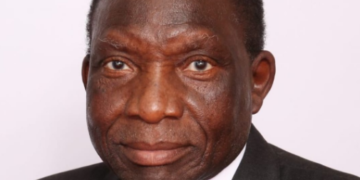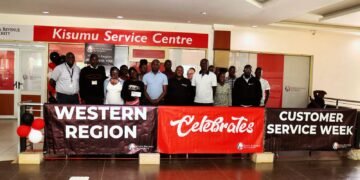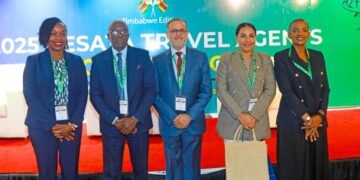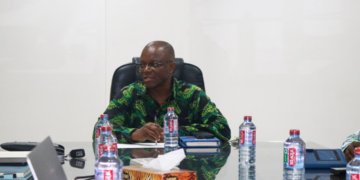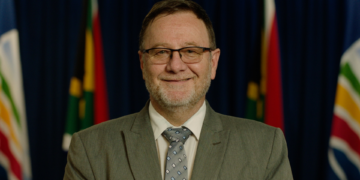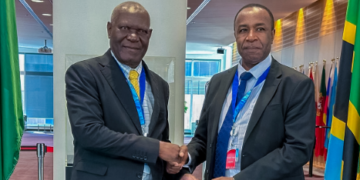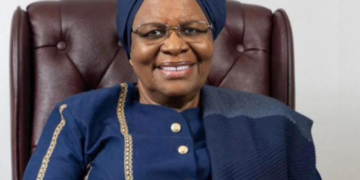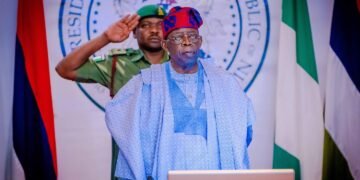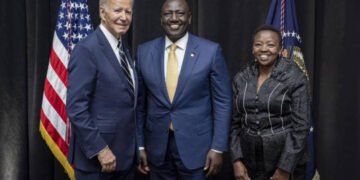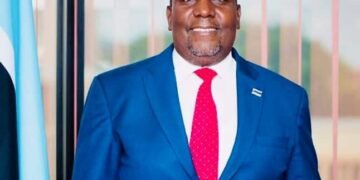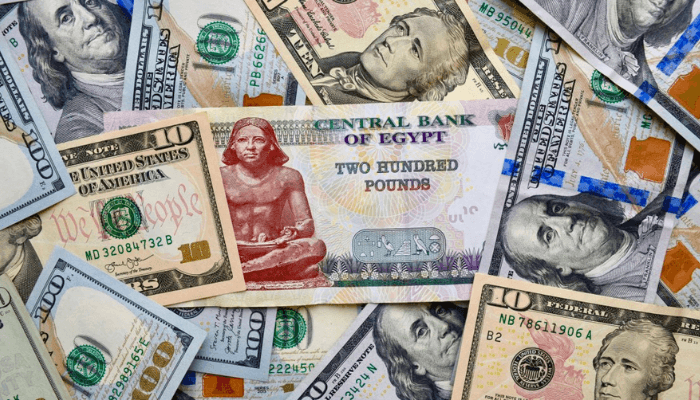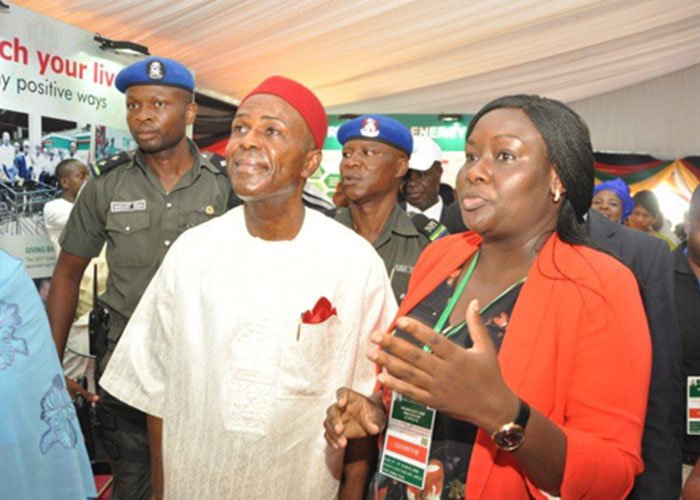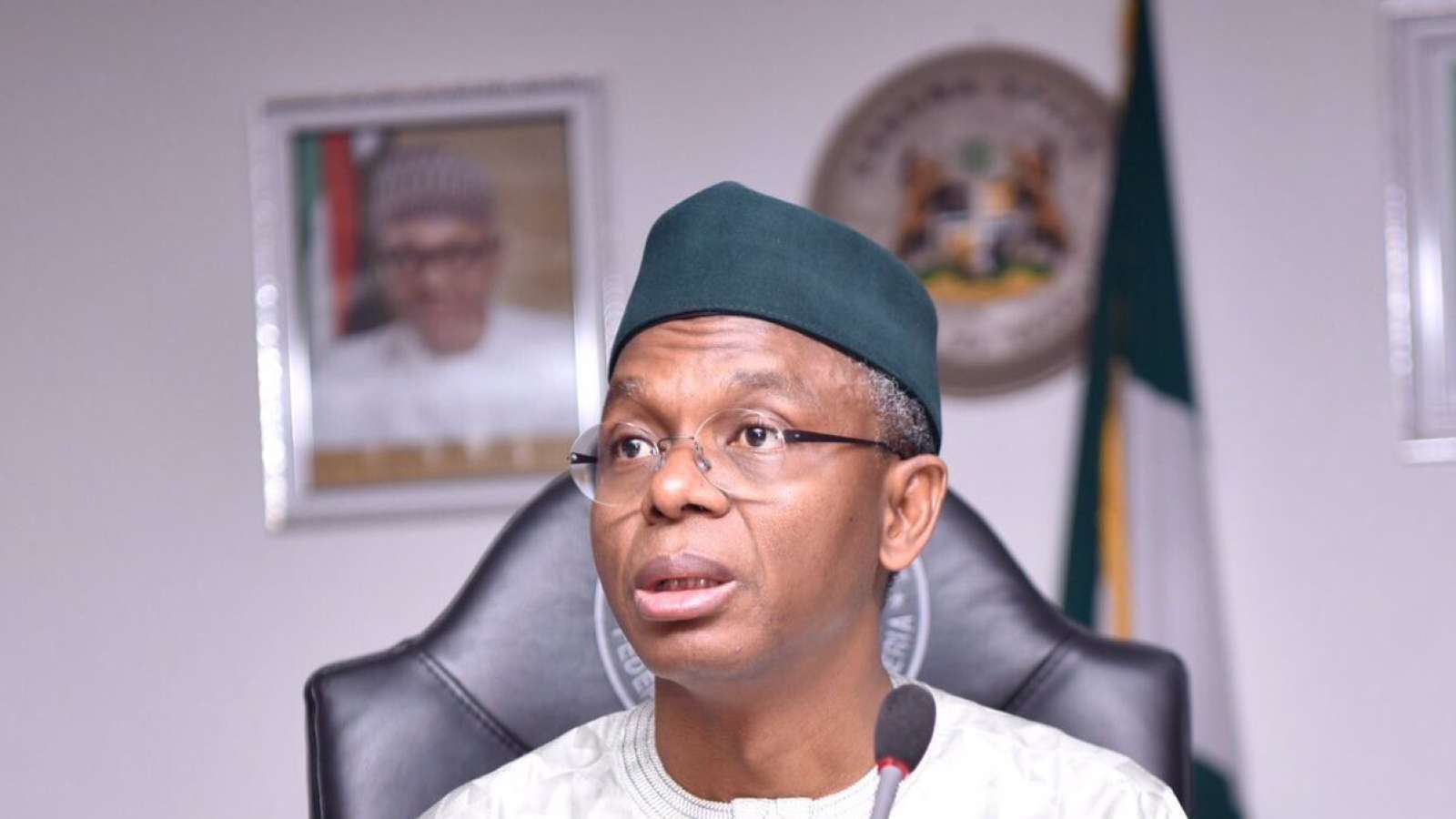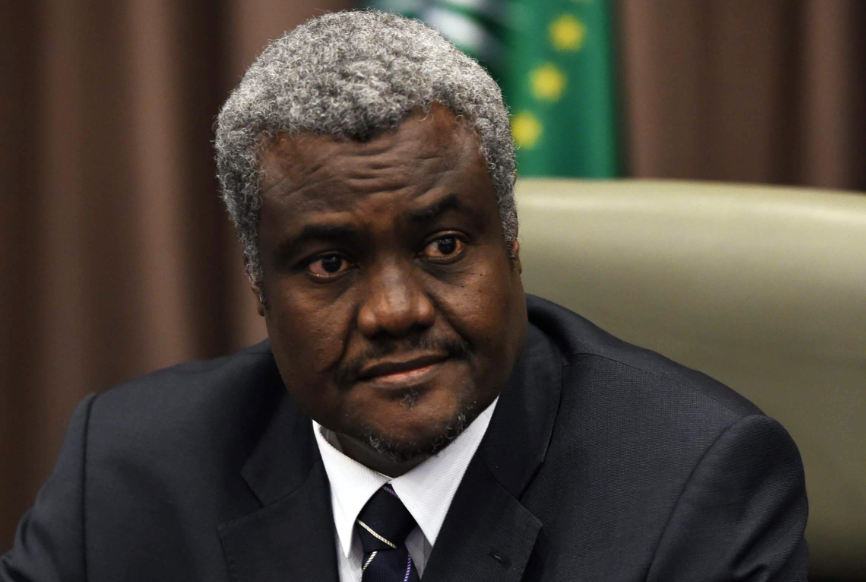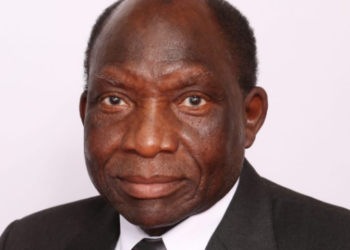Nigeria, Egypt, and Morocco have emerged as the leading beneficiaries of a record $95 billion in diaspora remittances to Africa in 2024, according to the newly released State of Africa’s Infrastructure Report 2025 by the Africa Finance Corporation (AFC).
The report underscores the growing relevance of remittance flows as a resilient and stable financial lifeline surpassing even Foreign Direct Investment (FDI) and official development assistance in recent years.
“In 2024, Africa received over $95 billion in remittances from its global diaspora, an amount roughly equivalent to total FDI inflows to the continent that year,” the report noted. “The largest recipients were Egypt, Nigeria, and Morocco, followed by a growing number of mid-sized economies with substantial emigrant populations.”
While remittances remain largely geared toward household consumption and social obligations, the AFC points to an untapped opportunity to channel these funds into structured national development through innovative instruments such as diaspora bonds.
“Remittances have proven to be a stable and resilient source of external finance, often outperforming portfolio flows and official development assistance in terms of consistency. Indeed, with the exception of 2024, remittances have exceeded FDI flows to Africa in each of the past several years,” the report said.
Although countries like Ethiopia, Kenya, Egypt, and Nigeria have experimented with diaspora bonds, results have been mixed. The AFC believes the right frameworks could unlock far more potential.
Recommendations include fostering investor trust through governance transparency, repayment guarantees, and legal safeguards. To reduce macroeconomic risks, the AFC advises issuing diaspora instruments in foreign currency, linking them to inflation, or offering globally competitive yields.
As remittance volumes continue to climb and Africa’s diaspora becomes increasingly engaged in the continent’s development, structured financial tools could transform a sentimental flow of funds into a strategic lever for sustainable infrastructure growth.



